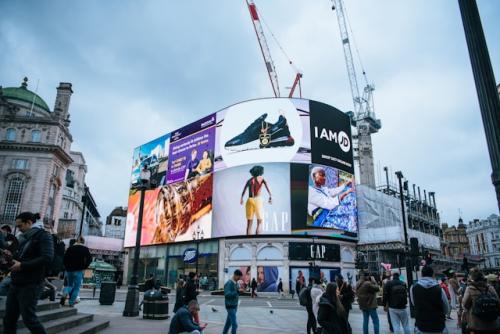Future of Brand Safety: Artificial Intelligence, Machine Learning, and Automation
"Your brand is what other people say about you when you're not in the room." - Jeff Bezos
Brand safety has been a topic of intense discussion for quite some time now, and rightfully so. After all, a brand's reputation is its most valuable asset, and safeguarding it is paramount. Wrong ad placements have continually put advertisers and brands in a precarious position, not only jeopardizing their reputation but also potentially causing financial losses.
The essence of advertising lies in its ability to attract the right audience while building a positive brand image. Unfortunately, misplaced advertisements achieve the opposite effect.
Taking a closer look at the present state of brand safety reveals that traditional methods, like keyword blacklisting and manual content reviews, have become inadequate in the swiftly evolving digital landscape. These techniques tend to be reactive and often yield false positives, which not only means missed opportunities for brands but also leaves consumers feeling frustrated.
The reliance on third-party cookies for tracking user data and delivering personalized ads was once the norm. However, the excessive use of such data-tracking methods left users feeling like they were constantly being monitored. This concern prompted regulatory authorities to take action, resulting in the establishment of stringent guidelines such as the California Consumer Privacy Act and the General Data Protection Regulation (GDPR). In response to growing privacy concerns, web browsers like Safari and Firefox took an even more drastic step by completely banning the use of third-party cookies. Google, recognizing the need for change, is actively working on an alternative solution while carefully planning the phase-out of third-party cookies.
The pressure on brands to ensure their advertisements align with brand safety standards has never been greater. In this era of increased scrutiny and accountability, brand safety will demand proactive solutions that can adapt to the changing landscape.
The future of brand safety is poised to leverage Artificial Intelligence (AI), Machine Learning (ML), and automation to provide real-time monitoring, predictive analysis, and contextual understanding.
But the question is Will AI, ML and Automation be beneficial for brand safety in the future?
The answer is YES!
Artificial Intelligence, Machine Learning, and Automation play a vital role in contextual advertising. Let's dive into how the combination of these three will ensure brand safety in the future.
1. Role of AI and ML
AI and ML algorithms are employed to scan and analyze vast amounts of online content, to identify keywords and phrases that are either safe or unsafe for a brand. For instance, they can identify safe keywords like "health," "education," or "family-friendly" and unsafe keywords like "violence," "hate speech," or "explicit content."
Brands can use this capability to ensure their advertisements are placed in contexts that align with their values and avoid content associated with controversial or harmful topics.
2. Natural Language Processing (NLP) playing a vital role
NLP is used to understand the tone, sentiment, and context of the content where brand advertisements may appear. NLP algorithms can assess whether the content is positive, negative, or neutral in tone and whether it contains sentiments that could be damaging to a brand's reputation.
This analysis helps brands gauge whether the content complements their messaging and whether it's contextually suitable for their ads.
3. Leveraging Historical Data
Predictive analysis involves using AI and ML to analyze historical data and emerging trends to forecast potential brand safety issues. By examining past incidents and patterns, brands can predict where and when their advertisements might be at risk.
This proactive approach allows brands to take preventive measures and make data-driven decisions to avoid compromising their reputation.
4. Continuous Training and Implementation
AI and ML models require continuous training to adapt to evolving online threats and changing brand safety criteria. Automation is vital in this process, as it ensures that improvements and updates to these models are seamlessly implemented without manual intervention.
As AI and ML algorithms learn from new data and real-world feedback, they become more effective at identifying brand safety risks and making real-time decisions regarding ad placements, enhancing brand safety measures over time.
Conclusion
Brand safety is a crucial element and if not taken care of properly, it can lead to huge losses. But with the intervention of Artificial Intelligence, Machine Learning, and Automation the future of brand safety is bright and less stressful.





Comments